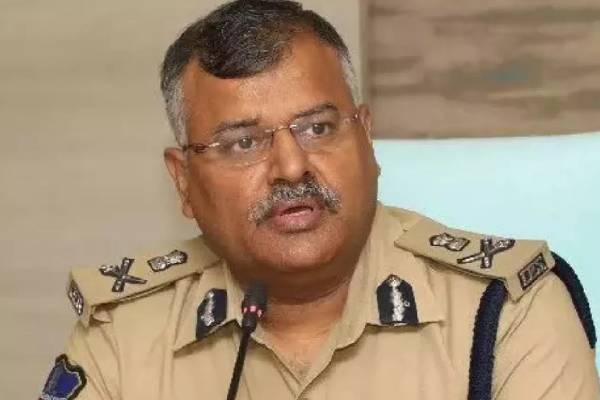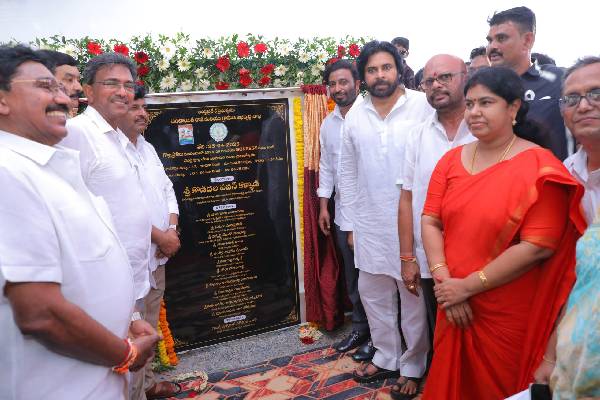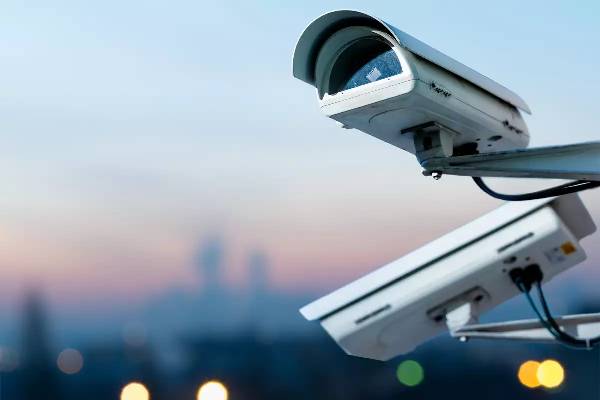In a significant move to enhance public safety and curb crime, the Andhra Pradesh Police Department is gearing up to install one lakh CCTV cameras across the state by the end of March 2025. This initiative aims to ensure that any criminal activity is captured on camera, aiding law enforcement in identifying and apprehending offenders. The project will focus on high-risk areas, including places of worship, sensitive religious sites, crime hotspots, and public gathering spots.
The CCTV cameras will be installed in critical locations such as prayer halls, religiously sensitive areas, crime-prone zones, and public spaces. These cameras will be connected to local police stations and command control rooms for real-time monitoring.
While some cameras will be installed by the government, others will be set up through public participation, ensuring widespread coverage and community involvement.
The police department is also planning to introduce facial recognition systems in the future to identify criminals more effectively. Additionally, drones will be deployed in areas without CCTV coverage to monitor activities and assist in crime prevention.
DGP Dwaraka Tirumala Rao emphasized the importance of this initiative, stating that the installation of one lakh CCTV cameras will act as a deterrent to crime. He highlighted recent successes, such as the identification of a bike thief in Kankipadu, Krishna district, and the arrest of a suspect in a sexual assault case in Tirupati, all thanks to existing CCTV footage.
During the TDP regime (2014-19), around 14,000 CCTV cameras were installed across the state. However, the subsequent YSRCP government failed to maintain these systems, rendering many cameras useless and leading to a rise in crime rates.
Since the formation of the coalition government, 25,250 CCTV cameras have been installed with public participation. These cameras have already helped solve 1,989 cases and identify 2,434 suspects.
Once the installation of one lakh CCTV cameras is complete, the police department plans to conduct a trend and sentiment analysis of the footage. This analysis will help identify crime patterns in different areas and enable the police to take proactive measures to prevent criminal activities.



































